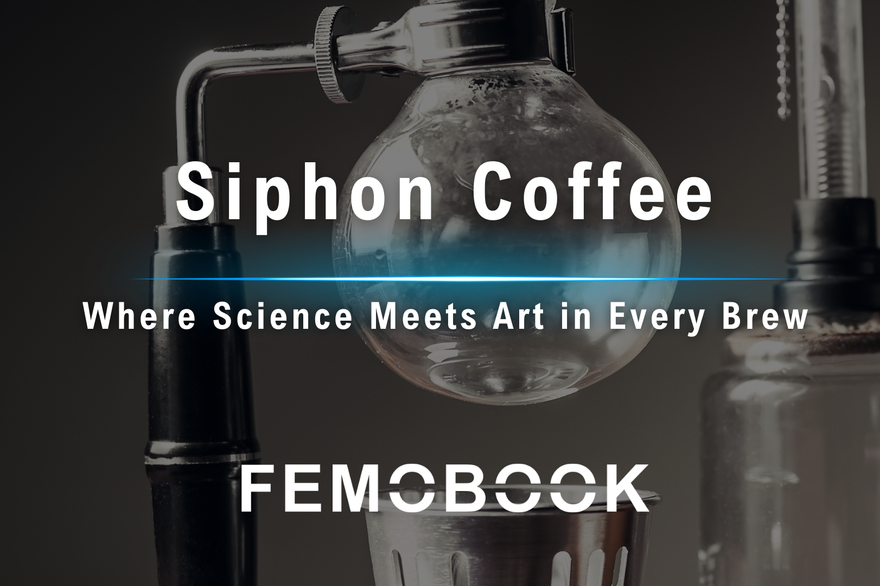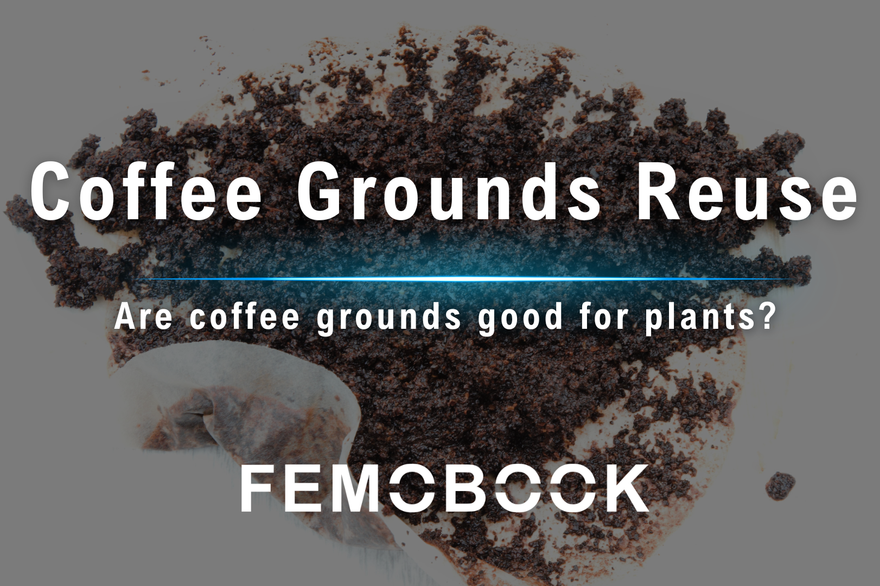
Dark roast coffee often sparks debate among coffee lovers. Some appreciate its bold, intense flavor, while others find it too bitter or overpowering. But what exactly defines a dark roast, and how is it different from lighter roasts?
Roasting is one of the most critical stages in shaping a coffee’s final flavor. As coffee beans are exposed to high heat, they undergo a series of chemical reactions—primarily the Maillard reaction and caramelization—that transform their aroma compounds and taste profile. In dark roasts, extended roasting time and higher temperatures result in a fuller body, lower acidity, and a more pronounced bitterness, sometimes accompanied by smoky or charred notes.
So what makes dark roast coffee special beyond its boldness and intensity? And how should you brew it to bring out its best characteristics? In this article, we’ll explore the unique traits of dark roasts and answer some of the most frequently asked questions about them.
What Is Dark Roast Coffee?
During the roasting process, coffee beans go through three main stages: the drying phase, the yellowing phase, and the development phase.
Light, medium, and dark roasts all share the same initial stages—drying and yellowing—but they differ significantly in how long the development phase lasts and when the roast is stopped.
In general, light roasts are typically finished around the beginning of first crack. Medium roasts go slightly past the first crack but stop before the second crack. Dark roasts are usually taken past the second crack. However, the exact timing can vary depending on the roaster’s desired flavor outcome.
Related: The Ultimate Guide to Coffee Roasting: Stages and Flavor Impact
Dark roast coffee beans are exposed to high heat for extended periods, which significantly changes their physical and chemical structure. The cell walls become fragile and partially break down, causing many of the delicate compounds—especially those responsible for origin-specific flavors and bright acidity—to be lost through evaporation or decomposition. As a result, dark roasts tend to have less pronounced fruity or floral notes and lower acidity.
Instead, their flavor is shaped primarily by roasting reactions—most notably the Maillard reaction and caramelization. These processes create bold, toasted flavors and reach their peak in darker roasts. If pushed too far, they can lead to partial carbonization, producing burnt or smoky notes along with a more intense bitterness.
Dark roast beans are typically very dark brown to almost black in color. While their surfaces often appear oily, oil alone is not a reliable indicator of roast level.
Due to the longer roasting time, dark roast beans retain very little moisture and have lower density than lighter roasts. When ground and brewed, they produce a cup with strong bitterness, low acidity, and a bold, full-bodied flavor.
Understanding Dark Roasts Through Agtron Scores
The Agtron scale is a standardized system for measuring roast level, developed by the Agtron company in the United States. It uses optical sensors to analyze the color of whole or ground coffee beans, with lower numbers indicating darker roasts.
While everyday coffee drinkers rarely reference Agtron scores, they are widely used in the specialty coffee industry by roasters and professionals to evaluate and communicate roast levels. The Specialty Coffee Association (SCA) also uses this scale as part of its official roasting classifications.
Some specialty coffee brands include the Agtron score on their packaging to provide a more transparent and technical reference for customers who care about roast precision.
Here’s a general breakdown of Agtron scores for darker roasts:
| Agtron Scores | Roast Level |
|---|---|
| 31 - 40 | Dark Roast |
| 20 - 30 | Very Dark Roast |
How to Brew and Enjoy Dark Roast Coffee
Dark roast coffee is known for its bold, intense flavor and lower acidity. Because dark-roasted beans extract more quickly than lighter roasts, it’s important to carefully control your brewing variables—such as grind size, water temperature, and brew time—to avoid over-extraction and excessive bitterness. This is especially important for beginners.
Once you understand how to manage extraction, you can start experimenting with different brewing methods, ratios, and flavor pairings. Try adjusting your water temperature, brew time, or coffee-to-water ratio to fine-tune the taste. Dark roasts also pair well with milk (dairy or plant-based), flavored syrups, chocolate, or even spirits, making them a great base for rich, indulgent drinks.
Best Brewing Temperature for Dark Roast Coffee
In general, the higher the water temperature, the faster coffee compounds are extracted. Since dark roasts already extract more quickly than lighter roasts, using cooler water can help prevent over-extraction and excessive bitterness.
For best results, try brewing dark roast coffee with slightly cooler water—around 90°C to 93°C (194°F–199°F), or even a bit lower.
This reduced temperature helps preserve flavor clarity while minimizing harsh or burnt notes, allowing the depth of the roast to come through.
Recommended Grind Size for Dark Roast Coffee
Dark roast beans tend to have a more porous and brittle structure due to the extended roasting process. This makes their flavor compounds extract more quickly during brewing.
To reduce the risk of over-extraction and excessive bitterness, it’s generally recommended to use a slightly coarser grind compared to what you’d use for light or medium roasts.
Related: How Particle Size Shapes Flavor and Brewing
What Goes Well With Dark Roast Coffee? Flavor Pairings and Drink Ideas
Dark roast coffee is known for its bold roast aroma, low acidity, and full-bodied mouthfeel. These qualities make it a popular base for espresso and blend formulations, where its deep bittersweet character adds strength and richness to the overall cup.
Roasters often pair dark roasts with beans from other origins to balance brightness and sweetness, creating more layered and complex flavor profiles.
Dark roasts also pair exceptionally well with milk, chocolate, caramel, maple syrup, or cinnamon—making them ideal for milk-based drinks like lattes, mochas, or flavored espresso beverages. These combinations enhance the coffee’s smoothness and contribute to a more rounded, indulgent taste experience.
Recommended Brewing Methods for Dark Roast Coffee
Thanks to its bold flavor and unique characteristics, dark roast coffee works well with several brewing methods. Here are three of the most recommended ways to brew it:
Espresso
Espresso uses high pressure, high temperature, and a small amount of water to extract a concentrated shot of coffee in a very short time. Dark roast beans are ideal for espresso thanks to their rich flavor and ability to produce a thick, velvety crema. Their bold profile stands up well on its own or as a base for milk drinks.
Pour-Over
Pour-over brewing involves using a dripper (or filter cone) and a paper filter, which allow you to control the flow rate and extraction time through your pouring technique. Since dark roast coffee tends to release flavors quickly—including bitterness—this method gives you precise control over how the water interacts with the grounds, helping reduce harshness and bring out more sweetness and balance in the cup.
Cold Brew
Cold brew is made by steeping ground coffee in cold water for 8 to 24 hours. This slow extraction method highlights the smoother side of dark roasts, drawing out soft notes of cocoa, nuts, and caramel while minimizing bitterness and acidity. The result is a rich, smooth, and easy-to-drink cold coffee.
Dark Roast Coffee FAQs: Caffeine, Flavor, and Common Myths
Does Dark Roast Coffee Contain More Caffeine?
This is a common misconception. Many people assume that dark roast coffee has more caffeine because it tastes stronger or more bitter.
In reality, caffeine is highly stable at high temperatures and doesn’t break down easily during roasting. The roast level—light or dark—has very little impact on the actual caffeine content when measured by weight.
However, if you measure your coffee by volume (such as using a scoop), dark roast beans may deliver slightly less caffeine. This is because dark roast coffee beans are less dense and more expanded, so a scoop of dark roast weighs less than a scoop of light roast.
Is Dark Roast Coffee Lower in Quality?
Not necessarily—but this is a common misconception. Because dark roast coffee is roasted for a longer time, the bold flavors created during roasting—such as caramel, smokiness, and bittersweet notes—can often overpower the bean’s original characteristics like fruity acidity or regional terroir.
In some cases, this can help mask defects in lower-quality beans. However, that doesn’t mean dark roasts are inherently low-quality.
Many roasters intentionally use high-quality green coffee for dark roasts, applying their roasting skill to develop a rich, full-bodied flavor profile. These roasts are often designed to shine in espresso or milk-based drinks, where boldness and structure are essential.
Why Your Coffee Grinder Matters: Precision, Consistency, and Flavor
Grinding your coffee fresh, whether light or dark roast, is essential for unlocking its full flavor potential. It helps preserve aroma and highlights sweetness, depth, and body.
A quality grinder with fine-tuned adjustment settings lets you dial in the exact grind size based on your preferred brewing method and taste profile. For example, the Femobook A68 electric grinder offers over 300 micro-adjustments at 0.008 mm per step, giving you exceptional precision and consistency. This level of control allows you to tailor your cup—whether you're aiming for more sweetness, a fuller body, or better balance.
The Femobook A68 also features magnetic, quick-release components for fast and easy disassembly. Its internal design eliminates the need to recalibrate the burrs after cleaning. A direct grind path reduces retention and helps maintain cleanliness, keeping every cup fresh and consistent.
A good grinder brings professional-level performance into your home, making it easier than ever to enjoy great coffee at home.








